Successful anglers develop second-nature instincts, and constantly add to their knowledge through experience and time on the water. We all have to start somewhere assembling this bag of tricks, and some of us even benefit from a reminder from time to time.
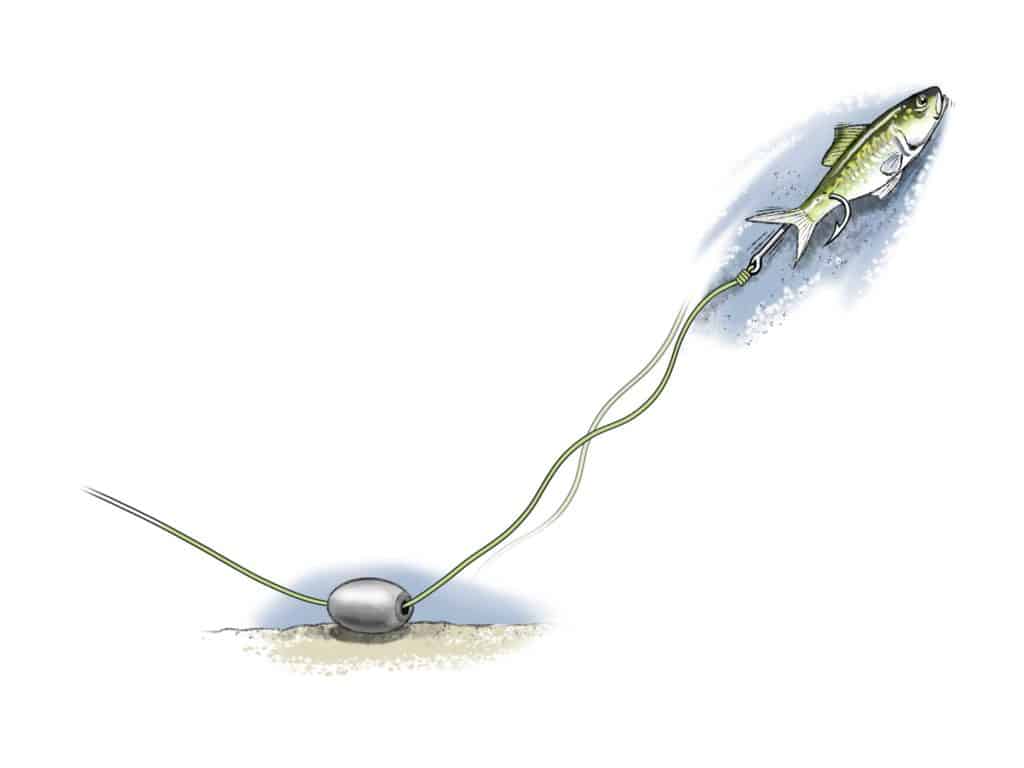
Flee Appeal
The most successful live-bait fishermen make that livey a partner in the enterprise. When bottomfishing, the sliding sinker or fish-finder rig is a time-honored favorite because it allows predators to seize the bait and carry it off without feeling immediate resistance from the line. The same characteristic allows a lively bait to move about freely. Hooked near the bottom of the tail, the bait will swim up toward the surface, where it wants to be. This creates the most lifelike presentation, and vibrations from the struggle alert nearby predators that lunch is served.
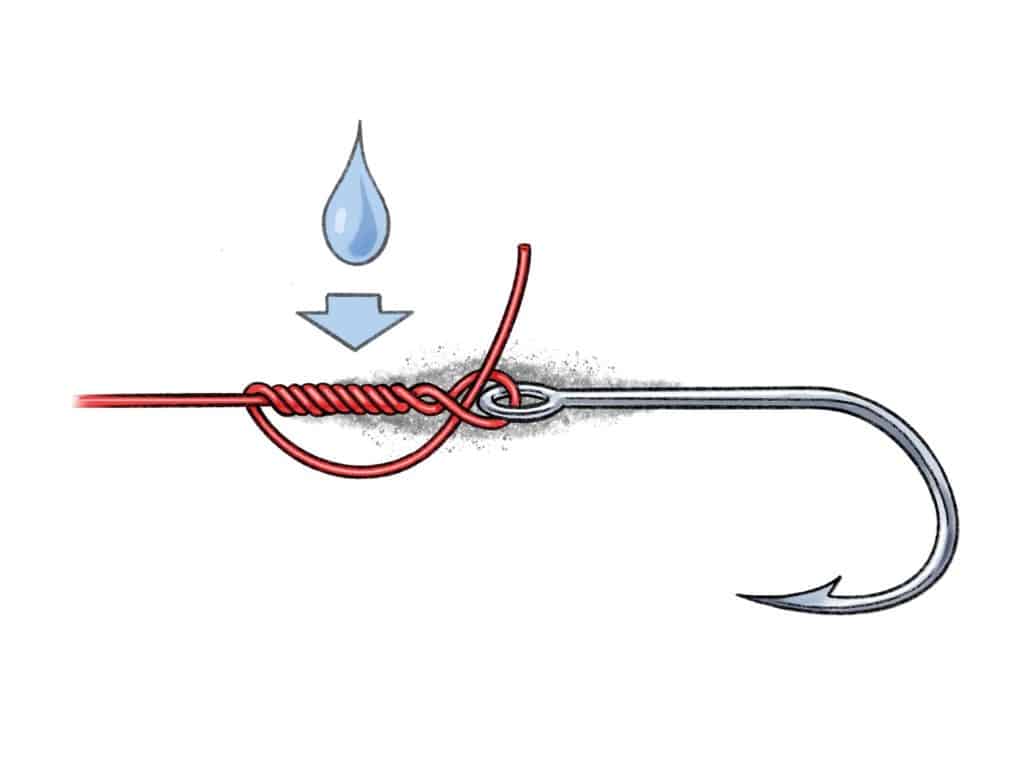
Tight ‘N’ Right
Consistent, strong knots are more than a matter of luck and percentage. When tying any knot in monofilament or fluorocarbon, form it carefully before pulling to tighten it. Pre-forming ensures the knot will tighten in the right sequence and seat properly. Smooth, accurate tightening is aided with a little moisture for lubrication, so wet the knot before pulling it tight. This prevents binding and ensures the perfect formation essential to a reliable knot.
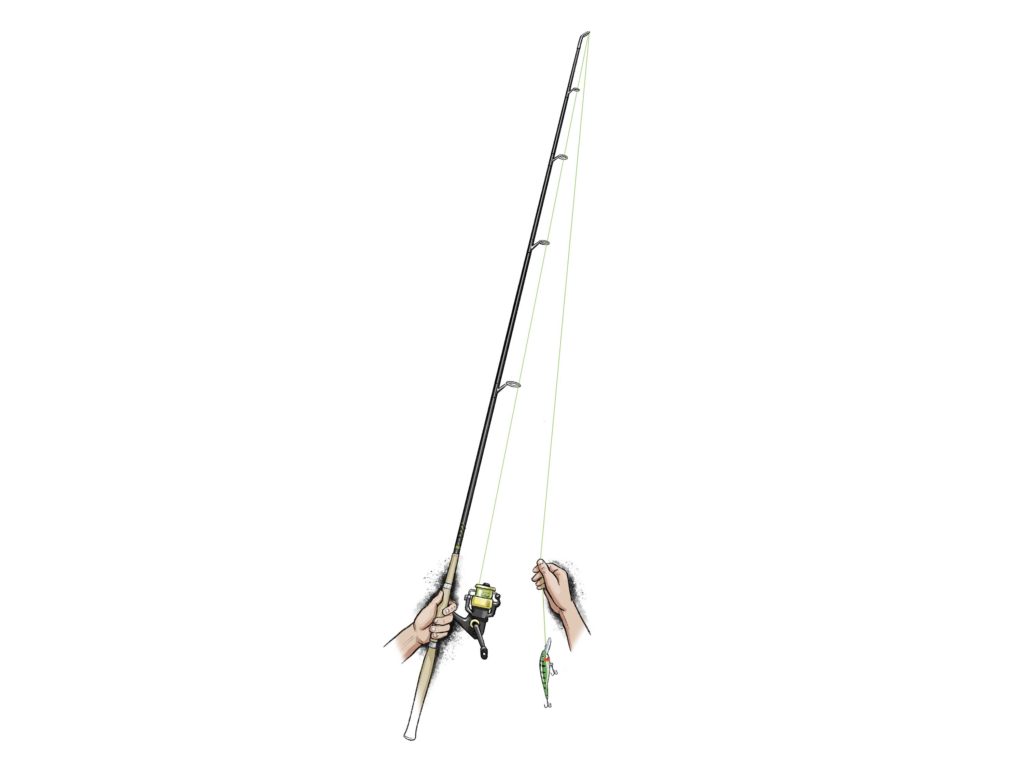
Room to Move
Develop the habit of leaving a rod’s length of line outside the tiptop whenever you retrieve line, or reel in to change a bait or lure, or check a hook point. You can always shorten it up as needed, but allowing enough line to work with initially forestalls the clumsy exercise of trying to reach the tip of a rod that is considerably longer than your arm. That is never a graceful dance.
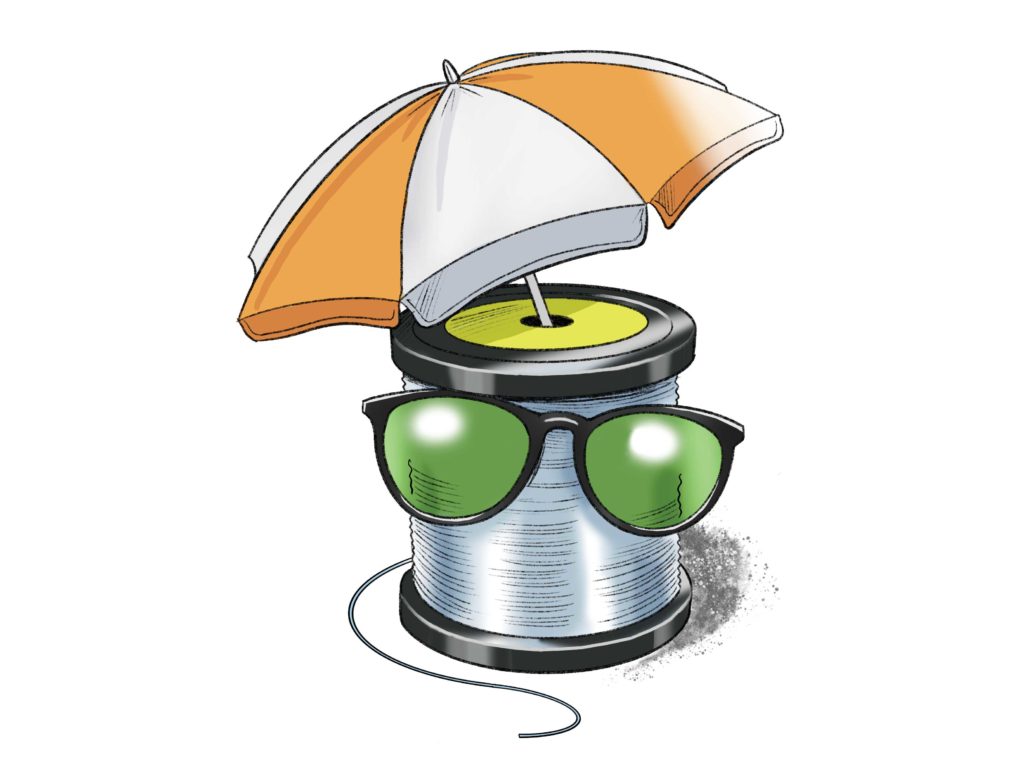
Throw Shade
Monofilament line wears down and weakens under use and exposure to the elements, so it should be checked and changed often. Spare spools of line are perishable too, and should be stored properly to stay in top shape. Light, heat and moisture are the enemies of monofilament, so keep stored line cool, dry and in the dark. Some go so far as to store spare line in a plastic bag in the freezer, but the science is still out on that.
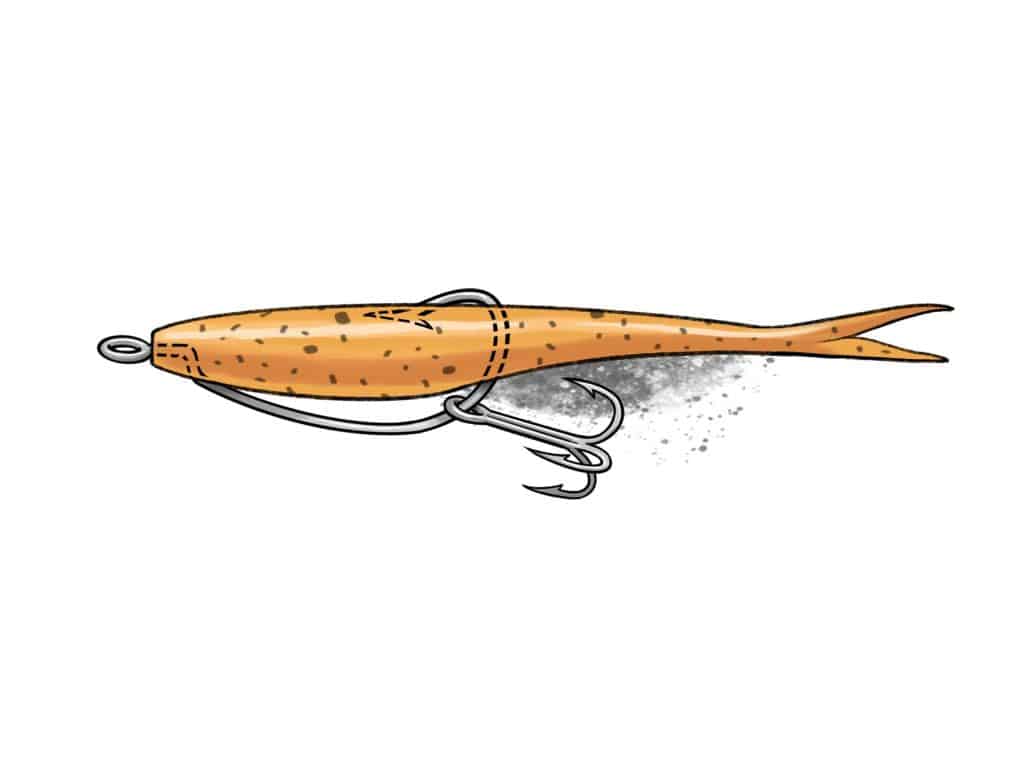
Nipper Nixer
Wiggly tails on soft plastics certainly draw strikes, but when that’s all the fish are grabbing, the best way to foil those short strikers is with another hook, positioned farther back beneath the enticing tail of the lure. Just slip an appropriately sized treble hook over the bend of the single hook or jig, then rig the soft plastic as usual. The treble swinging beneath the tail will often turn short strikers into catches.
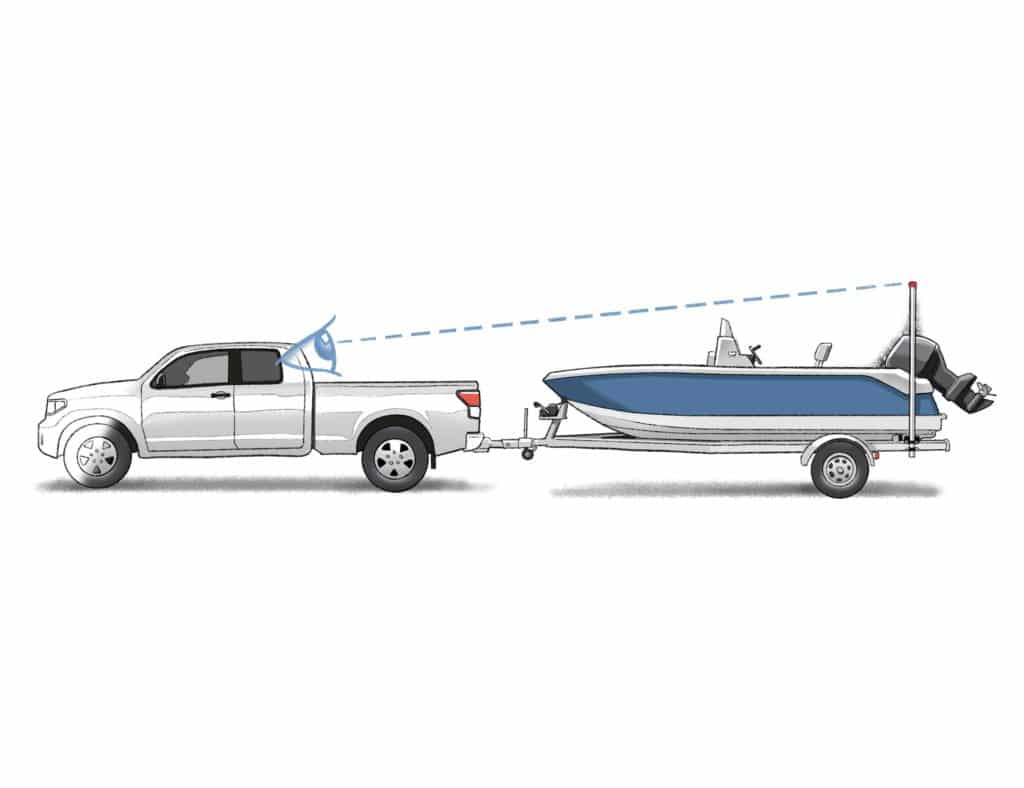
Eye on the Prize
A pair of tall PVC uprights on the aft corners of a boat trailer provide an easy-to-gauge and reliable way to line up your boat for launching. On retrieval, the uprights remain plainly visible at the end of the trailer, which might be sitting too low to be easily seen from the driver’s seat of the tow vehicle. With a float-on trailer, the uprights also provide visible reference points to center the boat as you drive it onto the trailer.
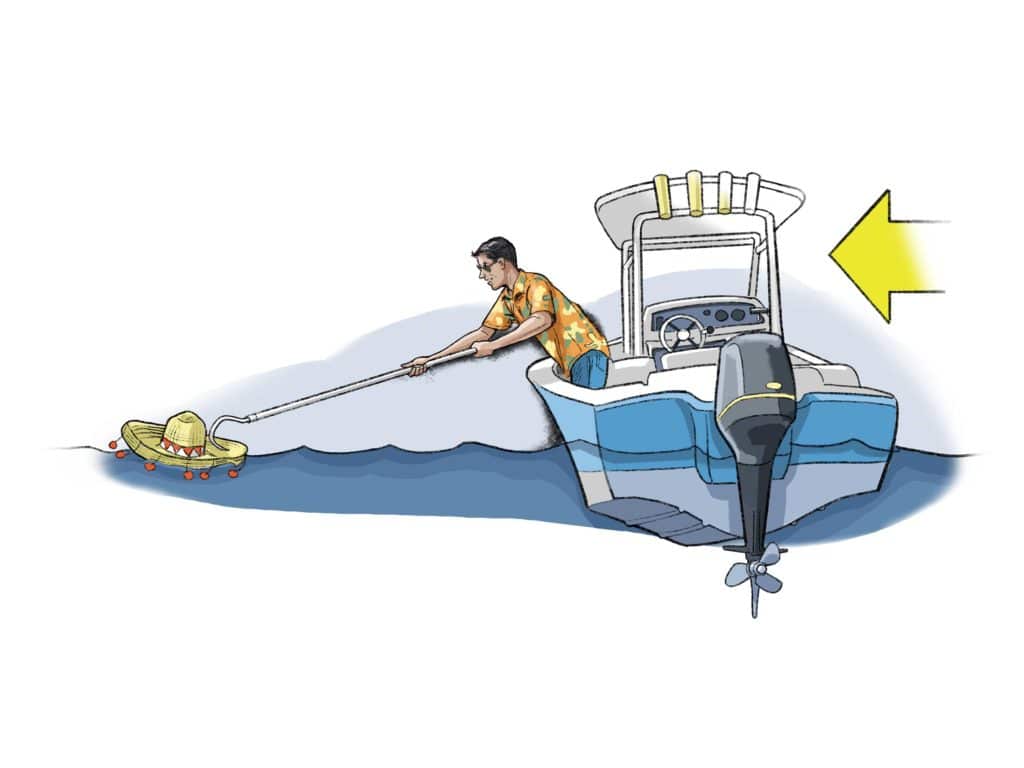
Hat Trick
Of course, we’re all too savvy to have our hats blow off when we’re running. But here’s a tip to share with a friend who perhaps isn’t. Circle back to the hat, but rather than make a series of running passes and attempt to grab it on the run, approach it upwind and position the boat broadside. Drift down to the floating hat, then snag it with a gaff.
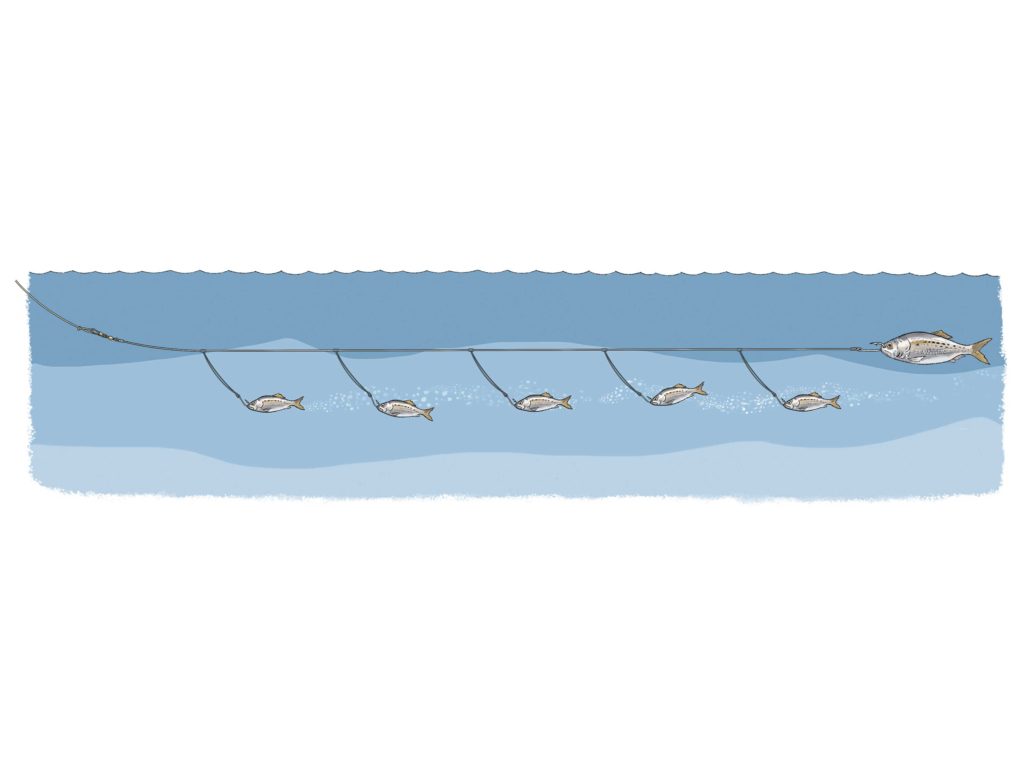
Strip Teaser
When slow-trolling, a live-bait teaser adds extra attraction to your spread. Tie a series of dropper loops in a length of leader material. Space the loops far enough apart that the baits can’t tangle with one another. Girth-hitch a hook to each loop and affix a lively bait. Finish the teaser with an oversize bait on the outboard end of the leader.
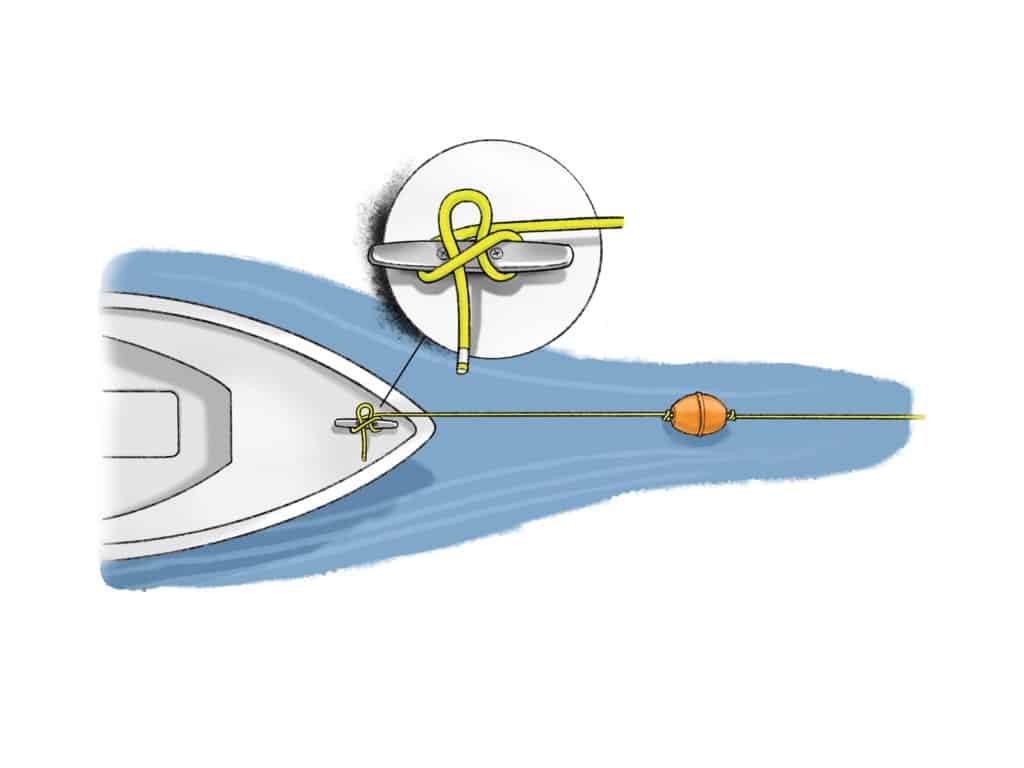
Quick Getaway
Setting an anchor precisely in shallow water often becomes a trial-and-error exercise. Shorten the micro-adjustment process with a quick-release cleat hitch. In relatively calm conditions, it will also hold the boat in place yet allow a fast getaway if you find you need to follow a fish. A crab-trap float on the rode, with a stopper knot tied above it and another below, will keep the rode on the surface for easy location and retrieval. Write your boat registration number on the buoy with a Sharpie, in case you need to stake a claim on your anchor and rode when you return.
Read Next: Essential Skills for Fishing and Boating
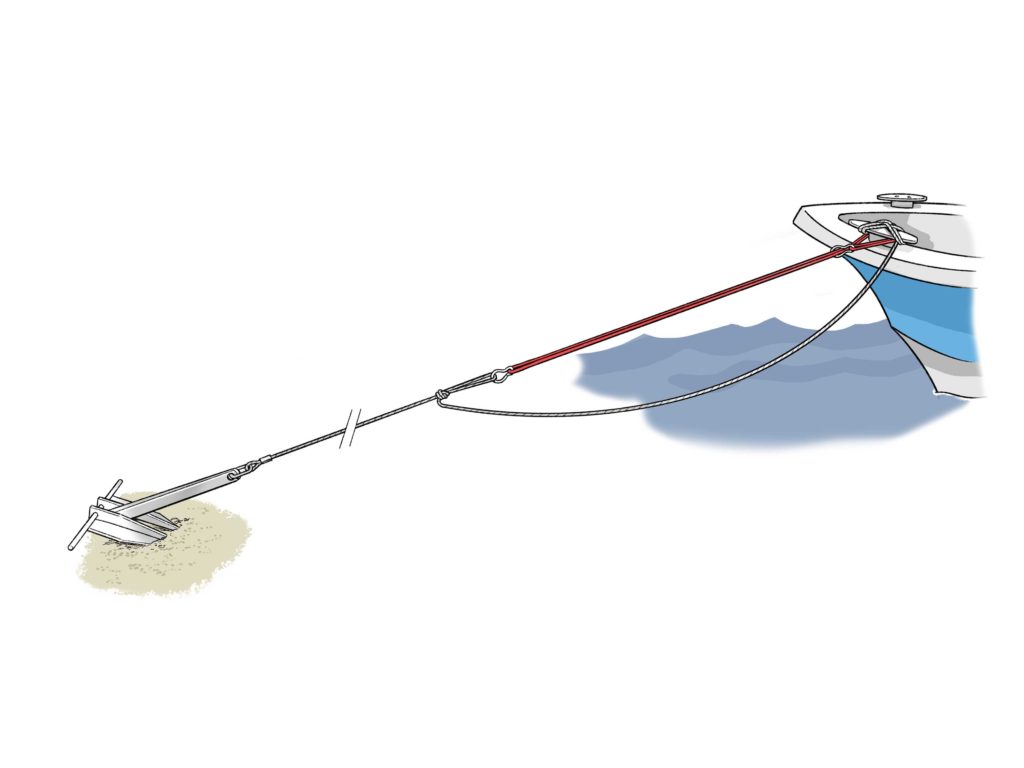
Shock Treatment
In bumpy sea conditions, a taut anchor rode can transmit shocks to the boat and its occupants, and in the case of a less-than-secure anchor set on the bottom, it can also work the anchor free. A long loop of bungee cord fastened to a bow cleat and clipped to a loop tied on the anchor rode provides enough give to absorb sudden shocks to the system. Be sure and tie off the slack rode to the cleat in case of bungee failure.
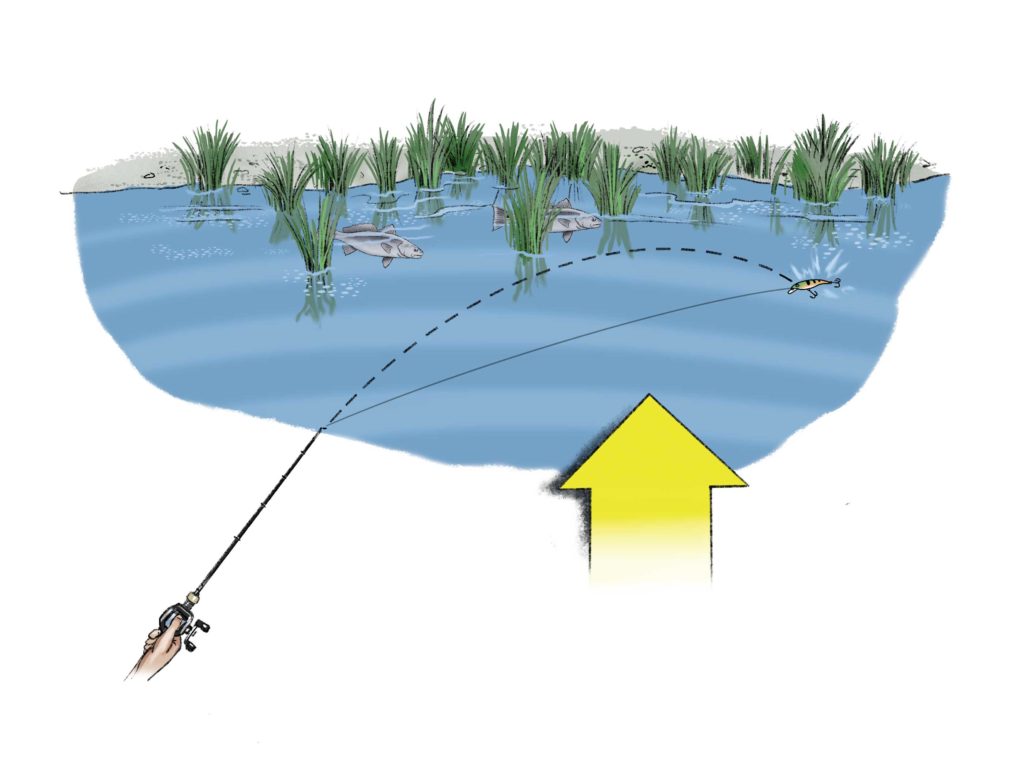
Harness the Wind
When a strong breeze threatens to carry your lure into foul territory while fishing a shoreline, adjust your aim for a crosswind cast. As the lure lands, raise the rod, let out some extra line before engaging the reel, and allow the breeze to blow the slack toward the shoreline. When you tighten up and begin the retrieve, the line will pull the lure into perfect position for a long, parallel-to-the-cover presentation.









